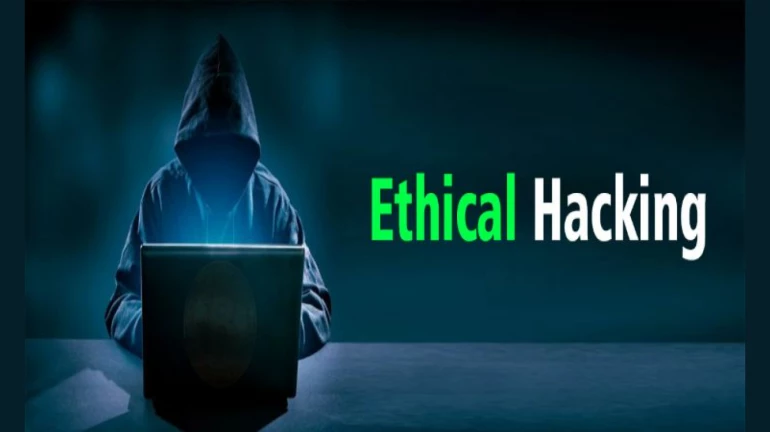
Ethics in hacking is not a new concept, but it has undergone rapid changes due to technological advances and the Internet of Things. However, in contrast to criminal hacking, which is often covered in the media, ethical hacking is often overlooked or misinterpreted.
A certified ethical hacker is an expert in computer networking who attempts to find security weaknesses in systems. Ethical hackers enter systems at the request of their owners. It tests security and prevents malicious hackers from gaining access to sensitive information.
Ethical hacking is referred to as hacking that adheres to ethical and moral principles but is devoid of malicious intent. The term 'ethical hacking' applies to any hacking conducted with the permission of the target system's owner. It may also refer to the practice of implementing protective measures to safeguard systems against malicious hackers.
Technically speaking, ethical hacking involves bypassing or attacking the protections employed by a system. It is commonly known as penetration testing, which entails infiltrating a system and documenting attempts. A system is hacked to determine if there are any vulnerabilities, breaches of data, or security risks.
An ethical hacker attempts to penetrate the target system before a malicious hacker can do so. This facilitates the application of a security patch to the system by the organization's security team so the possibility of an attacker entering the system or executing a hack can be prevented.
Aspiring ethical hackers should thoroughly understand the principles involved in ethical hacking. The individual must also acquire the appropriate certified ethical hacker certification as part of the cybersecurity suite. These include being a Certified Ethical Hacker (CEH), a Licensed Security Analyst with the EC-Council or a Certified Advanced Penetration Test Specialist.
The majority of ethical hackers don't need to attend ethical hacking training courses. However, it can benefit individuals interested in improving their skills and gaining employment with organizations that closely employ cybersecurity practices.
Ethical hackers are generally well versed in a broad spectrum of computing and hacking skills, such as:
An ethical hacker's goal is to mimic a malicious attacker's actions and mental processes. This enables them to gain access to internal data and evaluate its security.
Hackers, both ethical and unethical, employ the following five steps to gain access to a communication or computer system. An ethical hacker can attempt penetration using a variety of methods. In this process, he will continuously monitor the system, find holes in the system, and then remove his footprints.
These are the five fundamental steps involve in ethical hacking training from Ec-council:
1. Reconnaissance
First and foremost in ethical hacking is reconnaissance - the process of gathering information. During this phase, the hacker aims to gather as many details as possible. This is mainly done before initiating an attack. This is when the attacker collects every piece of the targeted person's data, including login information such as credentials and personal data regarding employees.
The reconnaissance phase is one of the most crucial components of ethical hacking. An organization's systems may be vulnerable to specific attacks, and this data helps identify which attacks can be launched.
2. Scanning
Scanning is the second step of the process. The attacker's goal at this stage is to find as many possible ways of accessing the target's information. As part of the attack, the attacker looks for data that includes information regarding account information, security codes, domain names, etc.
This ethical hacking training course phase aims to seek out simple and effective methods of entering a network and retrieving information.
3. Gaining access
Next, hackers attempt to gain unauthorized access to their target's systems, networks or applications by using every means possible. A hacker can use various methods and tools to enter and gain access to a system. For example, they can attack the computer by downloading malicious programs, gaining unauthorized access to the system, stealing personal information, and demanding ransom payments.
4. Maintaining access
If white hat hackers have successfully accessed the target's system, they make every effort to maintain access. This phase involves the hacker exploiting the system, launching large-scale DDoS attacks, exploiting the compromised system, or stealing the database. They use programs like Trojans and backdoors designed to infiltrate vulnerable systems and steal sensitive information such as passwords, files, and other documents.
5. Hiding Tracks
The final step in ethical hacking involves removing one's tracks in the same manner as a malicious hacker conceals their activities. At this stage, the attackers ensure that no traceable evidence is left behind them. This is so critical because ethical hackers need to be able to penetrate the system without being detected by security or forensics teams.
A certified ethical hacker devises malware configured in a way that deletes, modifies, or tampers with logs and system settings. Furthermore, an intruder can delete folders, programs, or software and trace deleted data to its original values.




